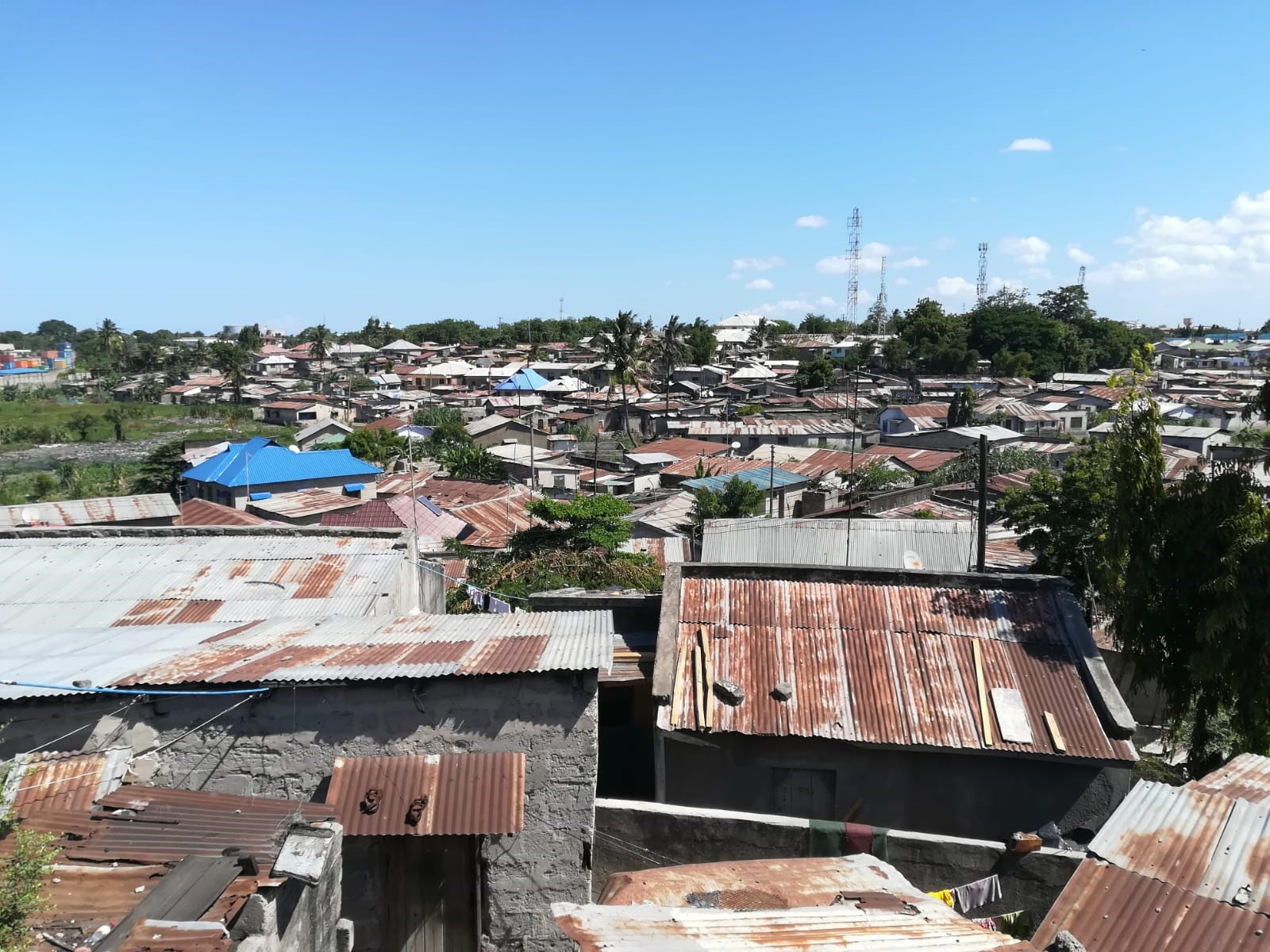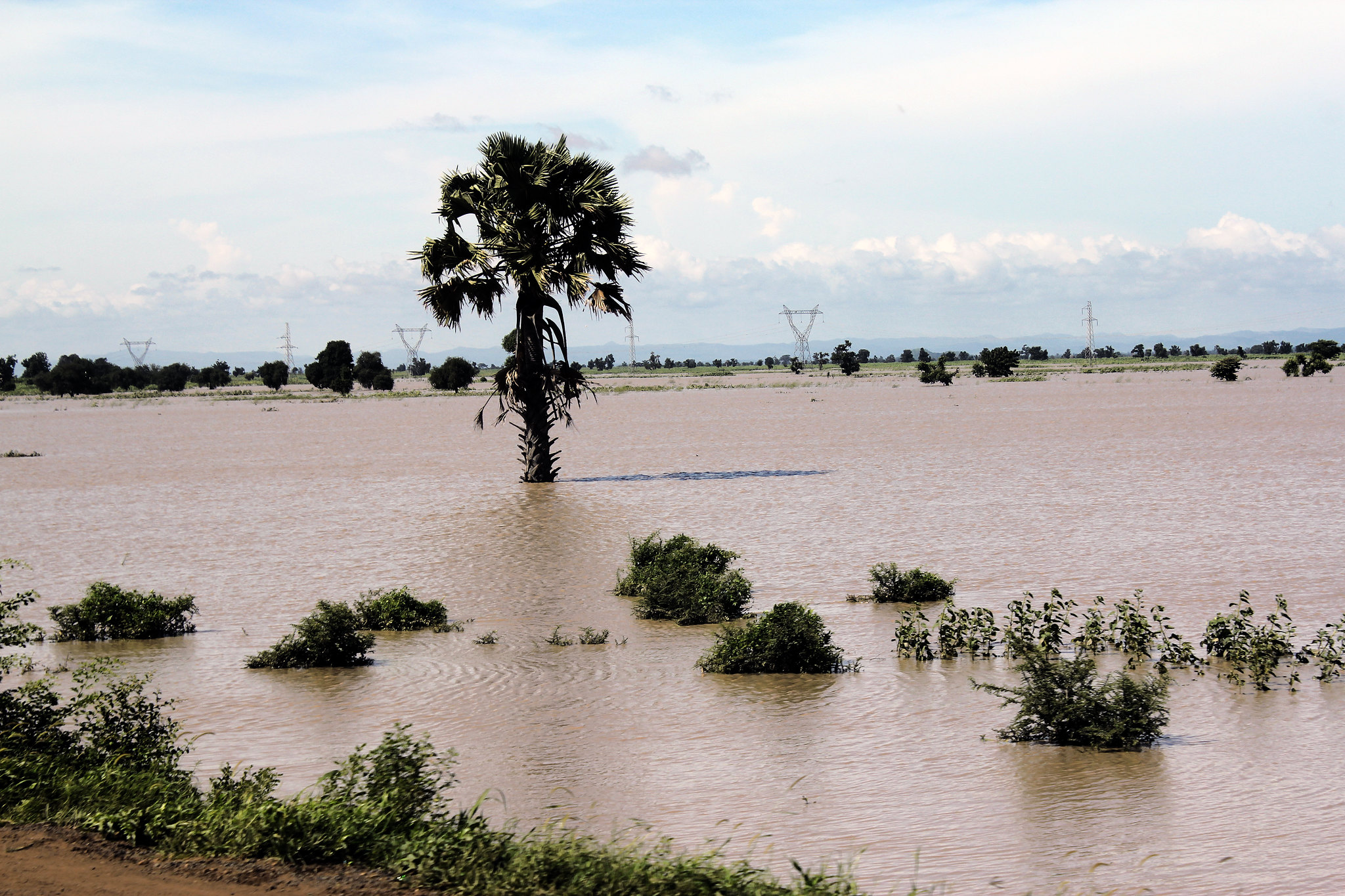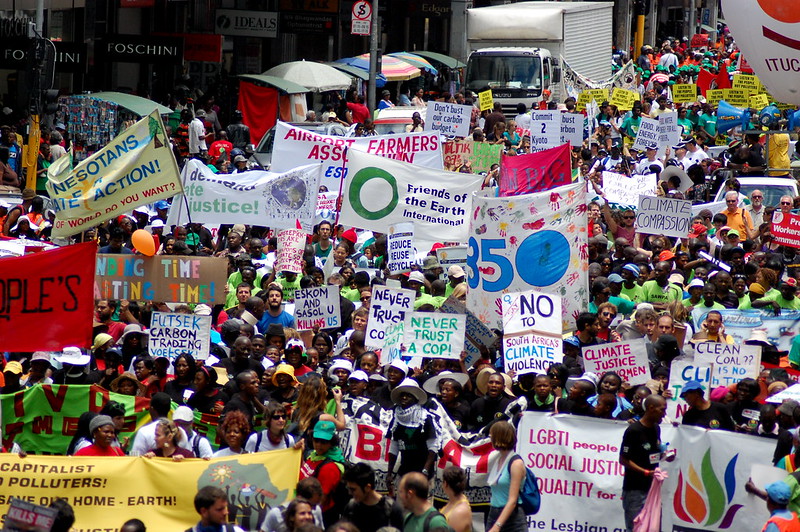Lagos can channel the best green infrastructure projects from around the world to protect itself from the increased risk of flooding caused by climate change, write Taiwo Ogunwumi, Kayode Adeniyi and Hussaini Usman.
Lagos state is particularly susceptible to pluvial flooding, which is caused when heavy rainfall exceeds the capacity of the drainage system. In 2012, a severe flood in Lagos displaced an estimated 2 million people. The risk of pluvial flooding is expected to increase as the global climate changes, urban populations grow and existing infrastructure ages. Year after year, the situation is getting worse in Lagos State, which needs to pursue adaptative measures and mitigations.

The floods of Lagos
Lagos City’s low-lying terrain makes it more susceptible to rising sea levels, storm surges, and excessive rainfall. In addition, rapid urbanisation has led to informal settlements springing up in flood-prone areas, thereby increasing the population’s vulnerability. Outdated and inadequate drainage systems cannot cope with the volume of runoff during heavy rains. This is compounded by the extensive use of impermeable materials like concrete and asphalt in Lagos, which restricts natural drainage.
For years, grey infrastructure has been the most common solution for mitigating flood inundation in urban areas. Grey infrastructure is the traditional (and typically more expensive) water management system. It includes the building of hard infrastructure such as storm drains, concrete, and pipes to collect and channel stormwater into waterways.
However, the recent developments in urban planning show how green infrastructure can act as a complementary strategy to grey systems. Unlike conventional hard solutions, green infrastructure employs nature-based solutions such as parks, wetlands, and green roofs. These absorb rainwater and reduce runoff and also provide numerous ancillary benefits including enhanced biodiversity, air and water purification, and recreational spaces that improve the quality of urban life.
By merging the strengths of both green and grey infrastructures, Lagos can achieve more efficient urban drainage and flood control systems. This hybrid model (grey and green) will not only mitigate the frequency of flooding but also cut down grey infrastructure costs by up to 94 per cent compared to traditional grey approach.
Proven green solutions
Bioswales are a method of using soil and vegetation to slow the arrival of water into storm drains, while also ensuring the roads don’t flood. They convey stormwater at a slow, controlled rate, and the flood-tolerant vegetation and soil act as a filter, cleaning runoff and allowing infiltration.
Already in use in Portland, USA, bioswales are designed to handle larger quantities of water that flow from impervious surfaces like parking lots and city streets. In locations with low infiltration rates, underdrains can be used to collect excess water and discharge the treated runoff to another green infrastructure practice or storm sewer system.
The image below, is an example image of a Bioswales that can be applied to a constantly flood road network in Lagos.

Permeable pavements include both pavements and pavers with void space for greenery. Runoff can flow through and be temporarily stored in an underground stone base prior to infiltrating into the ground or discharging from an underdrain. Permeable pavers use blocks of brick, stone, or concrete in a grid; permeable sand or gravel in spaces between the blocks; and a gravel or aggregate sublayer.
These permeable pavements reduce annual runoff volumes by approximately 60 per cent, reduce peak flows, and improve water quality by removing oil and grease, metals, and suspended solids have already been installed in Denmark.

Singapore uses detention basins to deal with heavy rainfall. Grassed depressions or basins are dug which then fill with water during heavy rainfall. They play an important role in regulating water flows and maintaining water quality by retaining sediments and reducing nutrients and metals because of the settling of particulate pollutants and their uptake by vegetation. Detention basins are usually dry except in periods of heavy rainfall, and this makes it possible to be used for other functions (e.g. recreation), hence have the potential to provide multiple amenity benefits.

By learning from successful implementations of green infrastructure in other cities such as Portland’s Grey to Green Initiative, Copenhagen’s Cloudburst Management Plan, and Singapore’s ABC Waters Program, Lagos State can also develop a robust and adaptive flood management strategy. Investing in green infrastructure will not only reduce the frequency and impact of floods but will also contribute to the overall improvement of urban life through enhanced biodiversity, recreational spaces, and cleaner air and water.
As Lagos continues to grow and evolve, it is essential for policymakers, urban planners, and the community to work collaboratively in implementing these green solutions. Embracing a holistic approach that combines both traditional and green infrastructure will be key to building a resilient, sustainable, and thriving city capable of withstanding the challenges posed by pluvial flooding and climate change.
Photo credit: Wikicommons used with permission CC BY-SA 4.0





